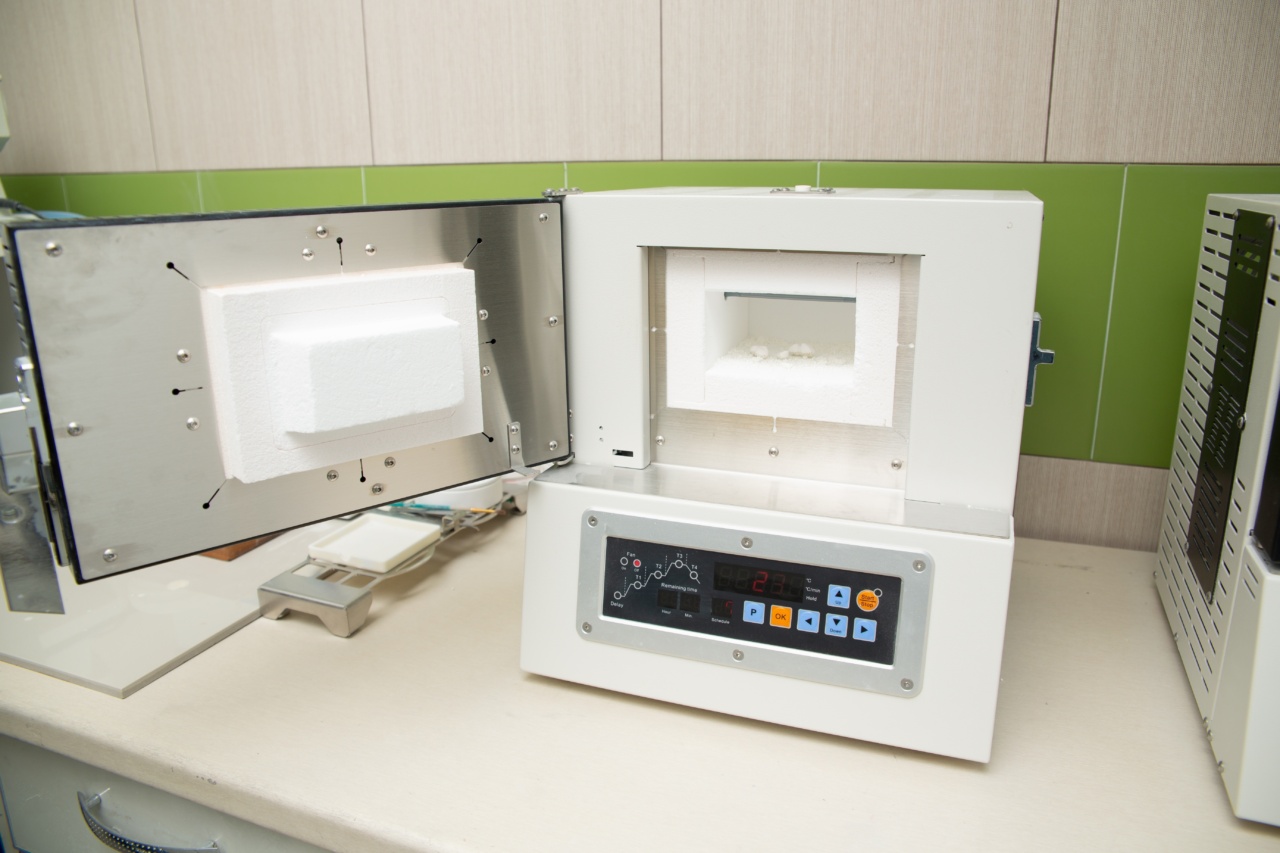Parkinson’s disease is a progressive neurological disorder that affects millions of people worldwide. It is characterized by tremors, stiffness, and difficulty with coordination and movement.
For many years, the available treatment options for Parkinson’s have focused on managing the symptoms rather than finding a cure. However, recent advances in medical technology have given rise to a breakthrough treatment that offers new hope to Parkinson’s patients – the implantation of deep brain stimulation (DBS) devices.
The Science Behind Deep Brain Stimulation
Deep brain stimulation (DBS) is a surgical procedure that involves implanting a small device, similar to a pacemaker, into the brain.
This device generates electrical pulses that target specific areas responsible for the symptoms of Parkinson’s disease. By altering the abnormal electrical signals, DBS can help alleviate the motor symptoms associated with Parkinson’s, such as tremors, rigidity, and bradykinesia.
How Does Deep Brain Stimulation Work?
The DBS device consists of three components: the implantable pulse generator (IPG), the lead (a thin wire with four electrodes), and the extension (connecting the IPG to the lead).
During the surgery, the IPG is placed under the skin in the chest area, while the lead is implanted into the brain through a small hole in the skull.
Once the device is in place, it can be programmed and controlled by a neurologist.
The electrical pulses emitted by the DBS device modulate the abnormal signaling patterns in the brain tissue, improving the communication between different regions responsible for movement control. The patient’s symptoms can be fine-tuned by adjusting the frequency, amplitude, and other parameters of the electrical stimulation.
The Benefits of Deep Brain Stimulation
Deep brain stimulation has shown remarkable success in treating the motor symptoms of Parkinson’s disease. Research studies have demonstrated significant improvements in tremors, rigidity, and overall motor function for patients undergoing DBS.
Many patients report a substantial reduction in medication requirements as well.
Moreover, DBS can provide long-lasting relief. Unlike medication-based treatments that may lose efficacy over time, deep brain stimulation offers sustained benefits.
Additionally, while DBS is primarily used for motor symptoms, it has also shown potential in alleviating certain non-motor symptoms of Parkinson’s, such as depression, anxiety, and cognitive impairment.
Who Is Eligible for Deep Brain Stimulation?
DBS is not a suitable treatment option for all Parkinson’s patients. The decision to undergo this surgery is made on a case-by-case basis, considering various factors such as disease severity, age, overall health, and response to medication.
Candidates for DBS typically have advanced Parkinson’s disease and experience fluctuations in their motor symptoms.
Prior to the surgery, patients undergo a thorough evaluation to determine their suitability for DBS. This assessment includes neurological examinations, imaging tests (such as MRIs and CT scans), and psychological evaluations.
It is crucial to ensure that the potential benefits of the surgery outweigh the risks.
The Surgery and Post-operative Care
The deep brain stimulation surgery is typically performed under local anesthesia, meaning the patient is awake during the procedure. This allows the neurologist to test the effects of stimulation and ensure accurate electrode placement.
The surgery generally lasts several hours, during which the patient’s comfort is prioritized.
Following the surgery, patients may experience some soreness and swelling at the site of implantation. Pain medication may be prescribed to manage any discomfort.
It is important to carefully follow the post-operative instructions provided by the medical team to minimize the risk of complications and ensure proper healing.
Once the surgical site has healed, the neurologist will begin programming the DBS device. This process involves adjusting the stimulation settings to optimize symptom control while minimizing side effects.
The patient will attend regular follow-up appointments to fine-tune the programming as needed.
Risks and Side Effects
Like any surgical procedure, deep brain stimulation carries a certain degree of risk. Complications can occur during or after the surgery, including infection, bleeding, or adverse reactions to anesthesia.
However, with advances in surgical techniques and rigorous safety precautions, the risk of serious complications is low.
There are also potential side effects associated with deep brain stimulation itself. These can include speech difficulties, muscle tightness, imbalance, and temporary mood changes.
However, the majority of patients experience significant improvements in their motor symptoms while only experiencing minimal side effects.
Ongoing Research and Future Developments
The use of deep brain stimulation for Parkinson’s disease is constantly evolving as researchers strive to improve outcomes and expand the benefits of this treatment.
Ongoing studies are investigating new brain targets for stimulation, refining programming techniques, and exploring potential applications for other neurological conditions.
Some researchers are also exploring the use of closed-loop deep brain stimulation systems.
These systems would use data gathered from continuous monitoring of brain activity to adapt stimulation parameters in real time, providing personalized therapy for each patient. This exciting development has the potential to further enhance the effectiveness of DBS while minimizing side effects.
Conclusion: A New Ray of Hope
The breakthrough treatment of deep brain stimulation offers new hope to individuals living with Parkinson’s disease.
By precisely stimulating targeted areas of the brain, DBS can significantly alleviate motor symptoms, improve overall quality of life, and reduce medication requirements. While not suitable for all patients, those who meet the criteria for DBS can experience life-changing benefits.
As research and technological advancements continue, deep brain stimulation is likely to become even more refined and effective. The potential to expand its application to other neurological conditions may bring about further breakthroughs in the field.
With each new development, patients and their families are filled with renewed hope and optimism for a future free from the limitations of Parkinson’s disease.




























